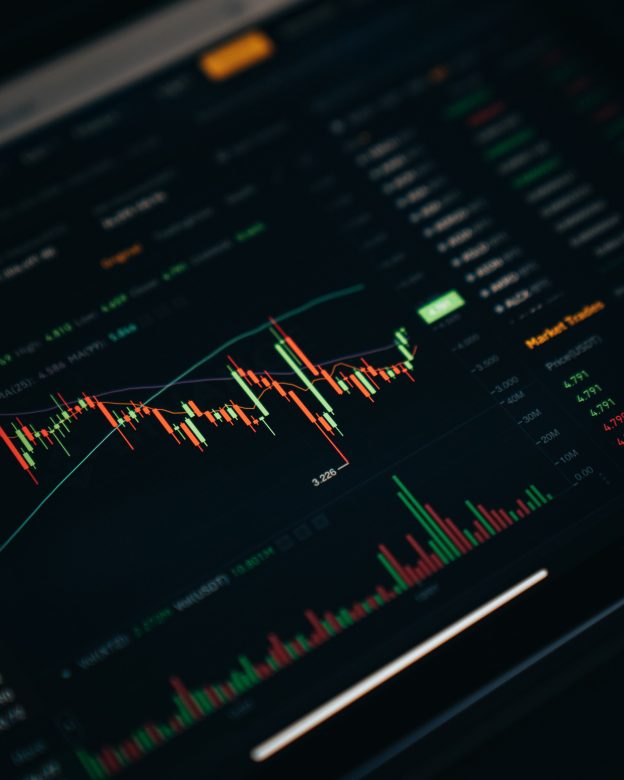Zachary J. Kosnitzky – In early November 2022, the crypto-currency exchange FTX filed for bankruptcy and its CEO, Sam Bankman-Fried, announced his resignation. The announcements marked yet another development in the popcorn-worthy corporate drama surrounding the collapse of one of the world’s largest and most stable crypto exchanges. In the weeks following FTX’s announcements, Bankman-Fried went from one of the richest men in the world to a having a net worth of nearly zero. The run on deposits at FTX left the company with a nearly $8 billion shortfall and what may be over a million creditors. Bloomberg called it “one of history’s greatest-ever destructions of wealth.”
Binance, a competitor exchange, was an early investor in FTX, and when FTX bought back Binance’s stake, they paid for it primarily in “FTT”—the “native coin” of FTX. The liquidity crunch at FTX was immediately triggered by an announcement on Twitter by Chanpeng Zhao, the CEO of Binance, that Binance would liquidate all of its FTT, citing only “recent revelations.” These “recent revelations” most likely stemmed from a report from Coindesk that Alameda Research, a crypto trading firm also owned by Bankman-Fried, was dangerously intertwined with FTX. The firm was run by Bankman-Fried’s former colleague, Caroline Ellison. Presently, both companies are in the crosshairs of a greater government investigation, as the Wall Street Journal reported that FTX sent Alameda customer funds to meet its liabilities after the collapse of crypto hedge fund, Three Arrows Capital, earlier this year. Whether or not Binance knew about that misappropriation is speculative.
As a result of these events, some commentators have questioned the general utility of crypto. This story may set back crypto (and certainly exchange tokens) as an alternative to traditional currencies. Nevertheless, the takeaway for the business and legal communities is simple: the promise of crypto is still alive. It is unlikely that increased regulation would have prevented this. The problem here was user error, not a lack of regulation—and now is probably the best time to take advantage of the speculative aspect of cryptocurrencies before they become a more substantive alternative to traditional markets.
While details of how FTX was run behind the scenes continue to emerge, we can speculate that the people running FTX at the very top were probably malfeasant:
- FTX used its own exchange token as collateral on loans while artificially inflating the price of those tokens. When the loans got called, FTX was insolvent.
- FTX listed the created but non-issued FTT on its balance sheet as an asset. But, it could create or destroy those tokens at will.
- Caroline Ellison, Bankman-Fried’s reported girlfriend, took over at Alameda nearly two years after graduating from Stanford and with very little experience as a securities trader.
- In October 2021, FTX raised about $420 million from a number of big name investors. We’re now finding out that $300 million of those funds went to compensating Bankman-Fried for his personal stake in the company.
- In a recent bankruptcy filing, John Ray, the new CEO of FTX, expressed that the court should not rely on the financial information maintained by FTX. Ray said that “[t]he concentration of control in the hands of a very small group of inexperienced, unsophisticated and potentially compromised individuals” was unprecedented.
- Top managers are reported to have shared access to an unsecured email account that contained sensitive company information and used software to conceal the misuse of customer funds.
Failures from the FTX side were bad enough, but the investors in FTX should have known better, too:
- None of the investors from Temasek and Tiger Global, or others, ensured appropriate financial controls because none were on the board.
- At the time that SBF pitched FTX to the venture capital firm, Sequoia Capital, investors expressed to one another how much they loved the idea. They had no idea that Bankman-Fried had made the pitch while playing the videogame League of Legends. The fund apologized to investors for its lack of due diligence.
- Investors gave Bankman-Fried shocking latitude in order to get in on the crypto mania without having to actually buy currencies: Bankman-Fried remained the majority owner, and investors failed to scrutinize FTX’s financials regularly enough.
A full review of the regulatory landscape of crypto is beyond the scope of this blog post. The most egregious infractions here could have just as easily happened in traditional finance. Perhaps there is a case to be made that exchanges should not be able to use their own tokens as collateral. But much more important is the human error at play, and many well-meaning investors will now face a long road to recovering money they lost on the exchange. The venture capital firms and big investors taking a more skeptical view of the company’s business and accounting practices might have saved everyone the trouble.
The market should learn from these mistakes: exchanges ought not to co-mingle with investing funds, nor should creditors accept exchange tokens as collateral. Crypto is not dead—but for now, FTX is.
Note: This article was initially submitted for posting in November 2022.


